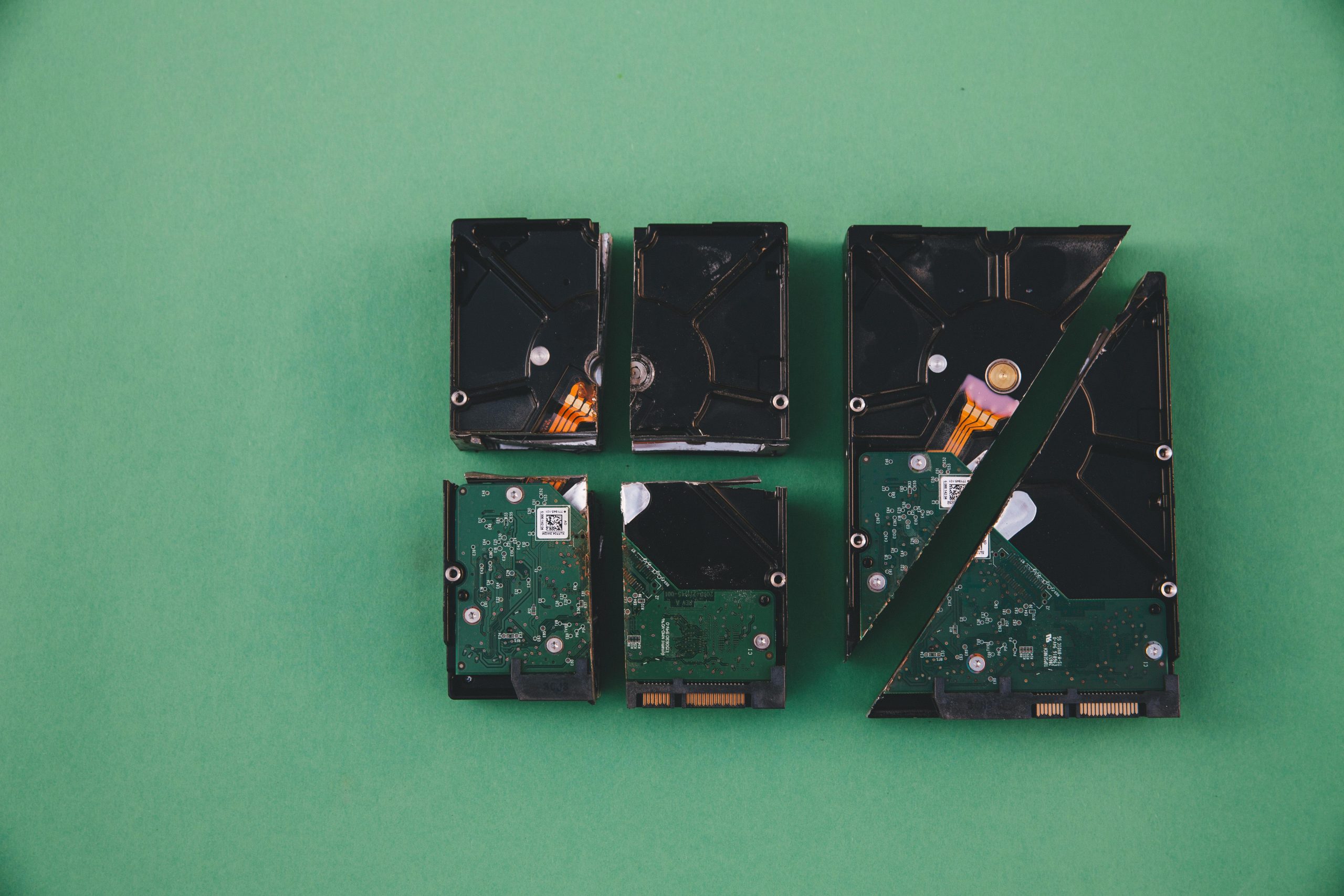Troubleshooting a Non-Initializing NVMe SSD: Strategies for Data Recovery and System Restoration
Experiencing drive failure can be both stressful and perplexing, especially when important data is at risk. If you’ve recently installed a new NVMe SSD and encounter issues such as the drive not initializing or being inaccessible, understanding the possible causes and solutions is crucial. In this article, we’ll explore common symptoms, potential causes, and effective methods to recover your data and restore your system’s functionality.
Recognizing the Issue
Imagine installing an NVMe SSD—say, an ADATA Sx6000LNP—and shortly afterward, the drive ceases to function correctly. Instead of being accessible through your file explorer, your system indicates that the drive is “not initialized.” During attempts to initialize it, you receive CRC (Cyclic Redundancy Check) errors, signaling data corruption or communication issues. Consequently, your system might boot from your HDD, and the SSD remains blank or inaccessible.
Common Symptoms and Causes
- Drive shows as “not initialized” in Disk Management
- Initialization attempts fail with CRC errors
- SSD is not visible in File Explorer
- System boots from HDD instead of the SSD
These symptoms can stem from various issues:
- File System Corruption: Interruptions during write processes or power failures can corrupt drive data.
- Hardware Faults: Manufacturing defects or damage during installation.
- Compatibility or Firmware Issues: Incompatibilities with motherboard BIOS or outdated firmware.
- Communication Errors: Faulty cables or connectors.
Understanding the root cause is essential in choosing the appropriate recovery steps.
Preliminary Troubleshooting Steps
-
Check Physical Connections: Ensure the NVMe SSD is properly seated in the M.2 slot and that any relevant BIOS settings (such as NVMe support) are correctly configured.
-
Update Firmware and Drivers: Download the latest firmware for your SSD from the manufacturer’s website. Also, update your motherboard BIOS and NVMe drivers.
-
Run Diagnostic Tools: Use vendor-specific tools—such as ADATA’s SSD Toolbox or third-party utilities like CrystalDiskInfo—to assess drive health.
Data Recovery Approaches
When a drive shows as “not initialized,” it often means that the partition table is damaged or missing. Before proceeding to initialize or format the drive, consider the following data recovery options:
1. Use Data Recovery Software
Specialized recovery tools can scan drives
Share this content:



